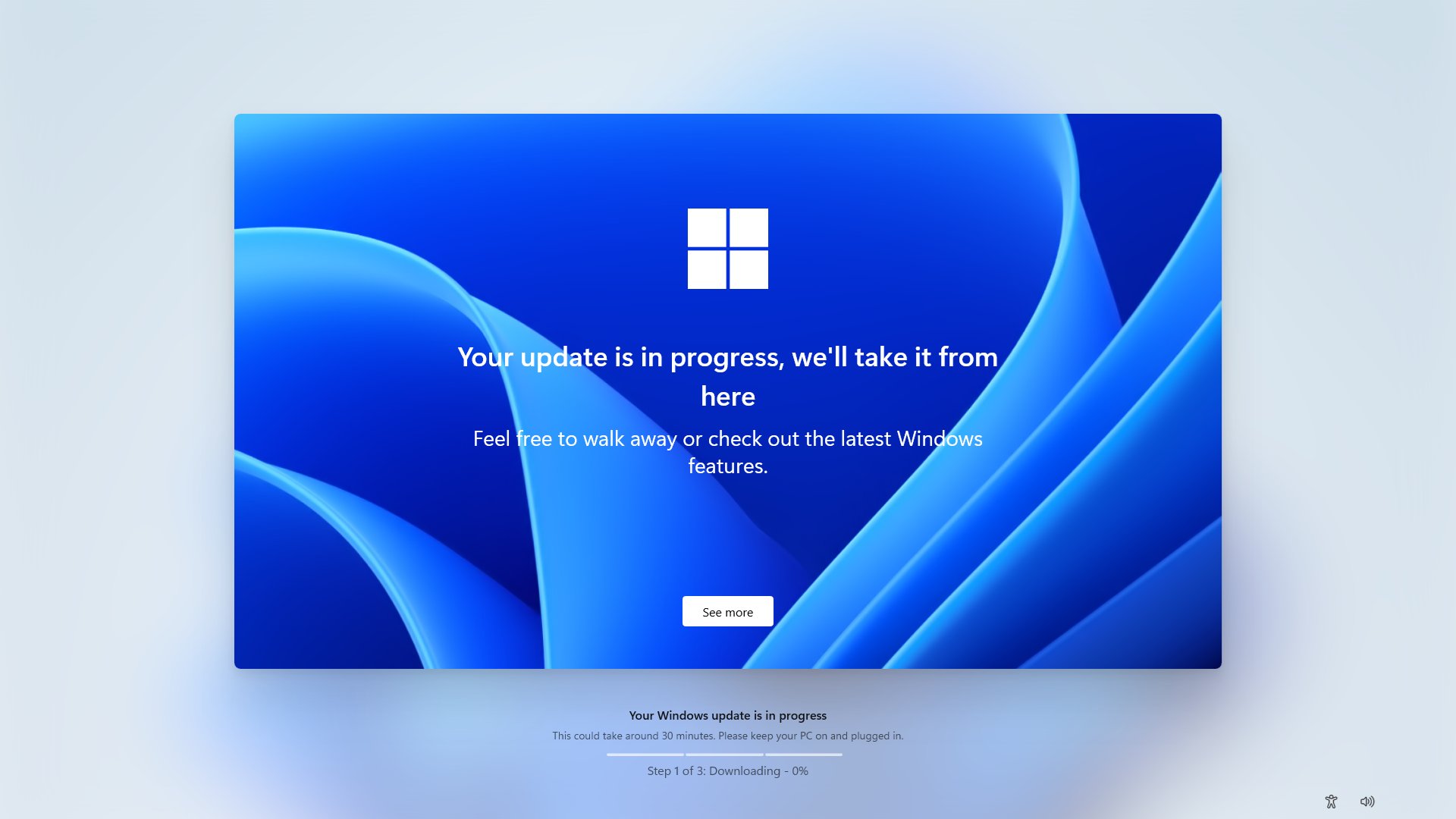If there’s one thing we can always count on with technology, it’s that updates have a knack for showing up at the most inconvenient times. Recently, Microsoft made a bold move by deciding to push updates during the Out-of-Box Experience (OOBE)—yes, right as you’re setting up that fresh new device. The idea was simple: deliver the latest updates immediately, ensuring users start off on the most secure and current version of Windows. But as many quickly found out, not everyone was thrilled to have their setup interrupted by an unexpected downloading marathon.
The Plan: Updates, Right from the Start
When Microsoft announced this change, the logic made sense: if users could get the latest patches and security fixes as part of the OOBE, they’d start off on the right foot, avoiding the dreaded post-setup update cycle. In theory, it seemed like a smart move—why not handle everything in one go?
But in practice, it created frustration. Imagine being all set to start using your new device, only to be delayed by a long update process. For businesses, where efficiency is key, this approach turned into a time-sink.
The U-Turn: Backpedaling on the Rollout
And then came the backtrack. It seems Microsoft heard the collective groans loud and clear. After initially doubling down on pushing updates during OOBE, the tech giant quickly adjusted its approach. Microsoft pulled back on making updates mandatory during the initial setup, giving users the flexibility to defer them until a more convenient time.
Why the Shift?
So, what prompted the change of heart? It likely came down to a mix of user feedback and real-world issues. Businesses, in particular, found the enforced update process disruptive—especially when trying to roll out large numbers of devices efficiently. Plus, having devices sit through extended update periods during the first-time setup was a bit like forcing everyone to wait at the starting line before the race could even begin.
Why This is a Big Deal for Enterprises
This wasn’t just a minor inconvenience—it was a major headache for enterprises. Large organizations often need to deploy hundreds or even thousands of devices at a time. During these mass rollouts, speed and efficiency are crucial. Imagine an IT department trying to get a fleet of new laptops ready for use, only to have each one bogged down by an unexpected update marathon during the initial setup process. For enterprises, control over when and how devices are updated is critical. IT teams want the flexibility to decide when updates are applied, allowing them to test updates properly before pushing them out across an entire fleet. The ability to block updates, particularly if there are concerns about compatibility or conflicts with existing applications, is vital for ensuring smooth operations.
Microsoft’s original OOBE update strategy took this control away, forcing businesses to either wait for updates to complete or risk introducing untested changes into their environment.
The backtrack by Microsoft now ensures that enterprises can maintain their customized update schedules, test thoroughly, and block problematic updates until they’re fully vetted—avoiding the chaos that can come from unplanned downtime.
Moving Forward: Balancing Updates and Usability
The whole ordeal highlights a delicate balance that software companies like Microsoft have to strike. On one hand, it’s crucial to keep devices secure and up-to-date from the moment they’re powered on. On the other, users—especially businesses—want control over when those updates happen, particularly in critical environments where time is of the essence.
For now, it looks like Microsoft has learned a valuable lesson about when to push those updates—and it’s a good reminder that even in the tech world, timing is everything. The concept of updating at the start isn’t a bad one, it just needs to be done in a way the enterprise can controll the behaviour!